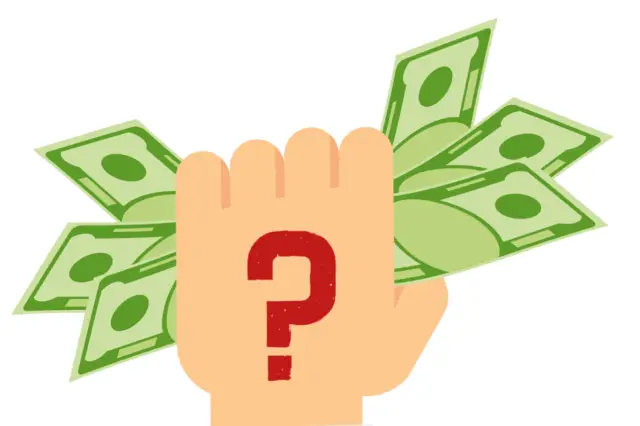Term:
referral rate
Definition:
Referral rate is a critical metric used in business to evaluate the success of referral marketing campaigns. Referral marketing is a strategy that leverages word-of-mouth marketing, which is when customers recommend a product or service to their friends and family. In this strategy, businesses incentivize their customers to refer new customers to them by offering rewards, such as discounts or free products.
The referral rate is defined as the percentage of customers who refer new customers to a business. This metric is calculated by dividing the total number of referrals received by a business by the total number of customers it has. For instance, if a business has 100 customers, and 10 of them refer new customers, the referral rate would be 10%.
Referral marketing has become increasingly popular over the years due to its effectiveness in acquiring new customers. According to a study by Nielsen, 92% of consumers trust recommendations from friends and family more than any other form of advertising. This statistic highlights the importance of word-of-mouth marketing and its potential impact on a business’s growth.
The referral rate is a crucial metric in measuring the success of referral marketing campaigns. A high referral rate indicates that a business’s customers are satisfied with its products or services and are willing to recommend them to others. It also suggests that the business’s referral program is effective in incentivizing customers to refer new customers.
However, a low referral rate can indicate that customers are not satisfied with a business’s products or services or that the referral program is not effective. In such cases, a business may need to evaluate its referral program and make changes to incentivize its customers to refer more.
Several factors can influence the referral rate. Firstly, the quality of a business’s products or services is critical. If customers are not happy with what a business offers, they are unlikely to refer others. Secondly, the ease of the referral process can also affect the referral rate. If the referral process is complicated or time-consuming, customers may be less likely to refer others. Lastly, the incentives offered to customers for referring others can impact the referral rate. If the incentives are not appealing enough, customers may not be motivated to refer others.
To improve the referral rate, businesses need to create effective referral marketing campaigns. These campaigns should focus on creating a positive customer experience that encourages customers to refer their friends and family. Here are some strategies businesses can use to create effective referral marketing campaigns:
- Offer attractive incentives: To motivate customers to refer others, businesses need to offer incentives that are valuable and attractive. The incentives can be discounts, free products, or cash rewards. The key is to offer something that is meaningful to the customers and will make them feel appreciated.
- Simplify the referral process: The referral process should be simple and straightforward. Businesses can provide referral links or unique referral codes to customers that they can share with their friends and family. The process should not require too much effort on the part of the customer.
- Create a sense of urgency: Creating a sense of urgency can motivate customers to take action. Businesses can offer time-limited incentives to encourage customers to refer others within a specific time frame.
- Provide excellent customer service: Providing excellent customer service is crucial in creating a positive customer experience. Customers are more likely to refer others to a business that has provided them with exceptional service.
- Measure and track results: It is essential to measure and track the results of referral marketing campaigns to evaluate their effectiveness. This can be done by tracking the referral rate, the number of referrals received, and the revenue generated from the referrals.
The referral rate is a critical metric that businesses use to measure the success of their referral marketing campaigns. Referral marketing is an effective strategy that leverages word-of-mouth marketing to acquire new customers.
The referral rate is the percentage of a purchase that an affiliate gets paid. For the Amazon Associate’s program, this amount varies per country and category. Some categories have a higher referral rate than others. Many people look at what the highest referral rates are in a specific category to help choose a topic to write web content about.
Related:

Miles Anthony Smith
Miles is a loving father of 3 adults, devoted husband of 24+ years, chief affiliate marketer at AmaLinks Pro®, author, entrepreneur, SEO consultant, keynote speaker, investor, & owner of businesses that generate affiliate + ad income (Loop King Laces, Why Stuff Sucks, & Kompelling Kars). He’s spent the past 3 decades growing revenues for other’s businesses as well as his own. Miles has an MBA from Oklahoma State and has been featured in Entrepreneur, the Brookings Institution, Wikipedia, GoDaddy, Search Engine Watch, Advertising Week, & Neil Patel.




